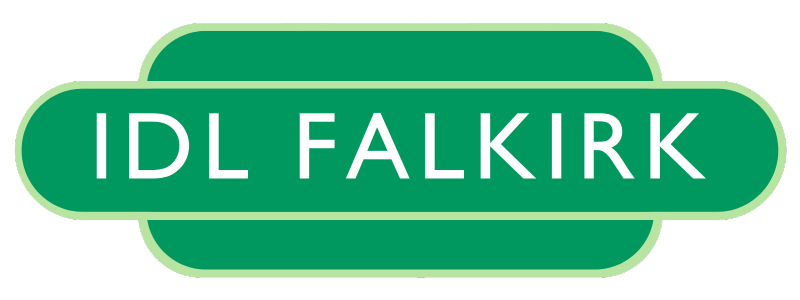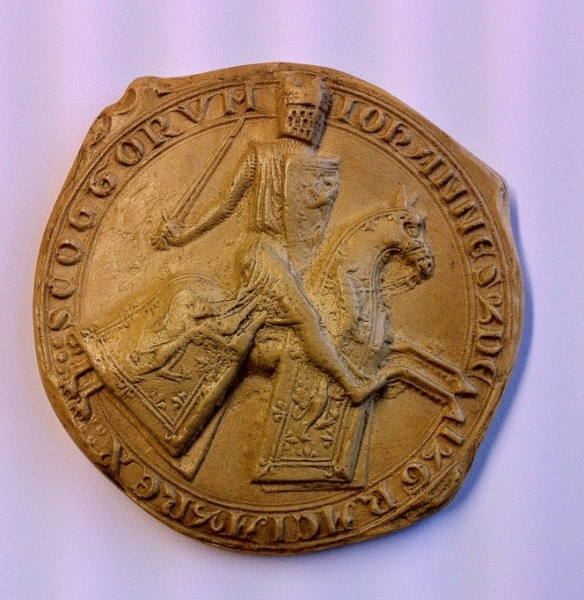 Education Scotland states that interdisciplinary learning: “enables teachers and learners to make connections across learning through exploring clear and relevant links across the curriculum. It supports the use and application of what has been taught and learned in new and different ways. It provides opportunities for deepening learning, for example through answering big questions, exploring an issue, solving problems or completing a final project.”
Education Scotland states that interdisciplinary learning: “enables teachers and learners to make connections across learning through exploring clear and relevant links across the curriculum. It supports the use and application of what has been taught and learned in new and different ways. It provides opportunities for deepening learning, for example through answering big questions, exploring an issue, solving problems or completing a final project.”
The importance of interdisciplinary learning as one of the 4 contexts for learning is highlighted by this quotation. Education Scotland has just published assessment and moderation exemplar materials which show how teachers carefully select a relevant and related “bundle” of experiences and outcomes. These exemplars (click here to view the collection) provide an assessment overview of the significant aspects of learning being developed in one subject area, but almost always show the teacher making a type 1 connection between one or more subject areas and/or with the cross-cutting themes of Curriculum for Excellence.. Click here to see how E & Os within HWB & LIT were linked at early level. Click here to see how higher order reading skills were integrated with contexts for learning at first level. To see how modern language vocubulary skills and thinking skills within literacy were linked at second level, click here. To explore how RME & Buddhism were linked to modern life at third level, click here. These do not prescribe the way these things must be done – they simply show how teachers have planned, delivered and assessed linked learning for their pupils. They may act as useful examples of very focused IDL which provides breadth, challenge and/or application opportunities for pupils.


